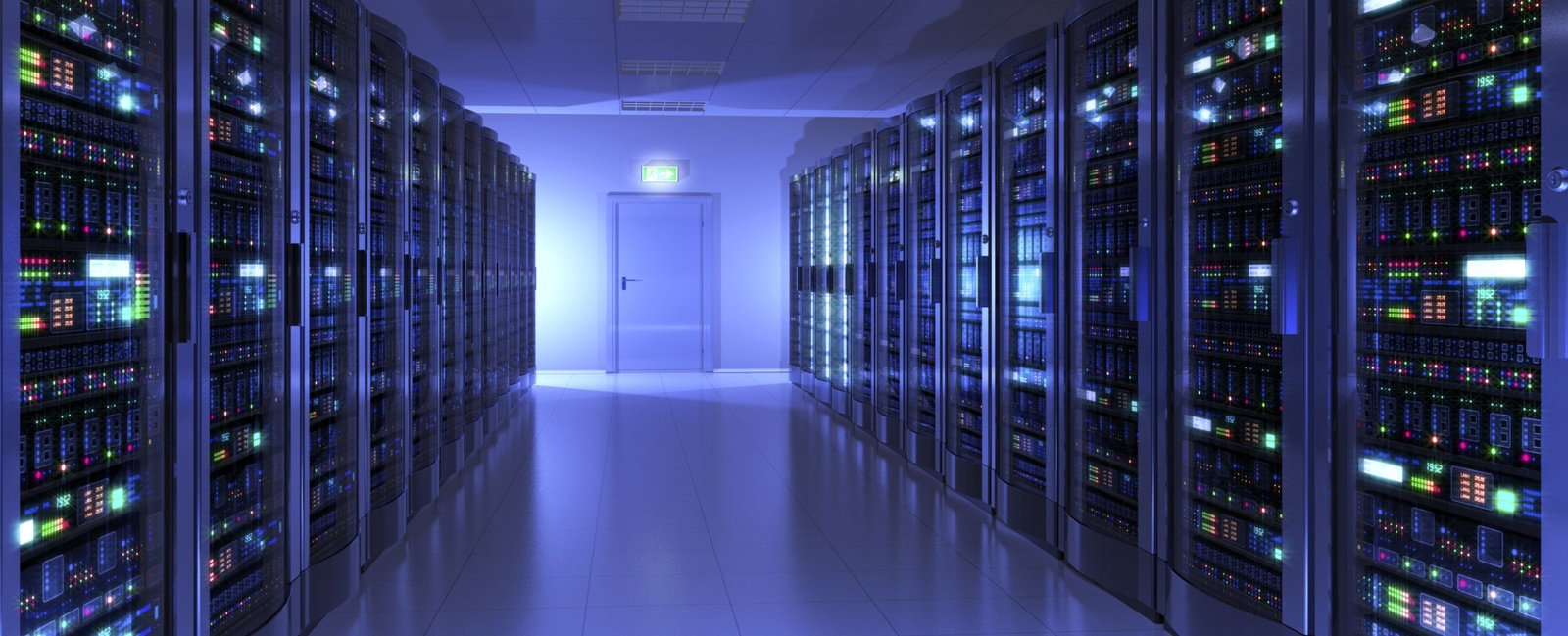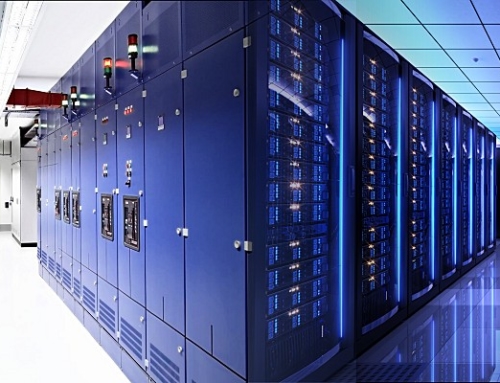Most data centres will be able to reduce physical space by at least 30% in the next five years, one of several emerging data centre trends through 2020.
Increased density, virtualization, moves to colocation facilities and cloud computing are all impacting operations inside the data centre, according to Henrique Cecci, a research director at Gartner Inc., based in Stamford, Conn.
Data centre managers must step out of their comfort zone and think about higher density and its impact on power, cooling and space — and always about security.
Those same managers should come up with better infrastructure plans, understand the potential influence of the Internet of Things (IoT), and be ready and prepared for its widespread adoption.
1. Next-generation data centre design
Data centres today use more kilowatts (kW) per racks or per square foot than ever before. For example, a few years ago, data centres were designed for 4 to 5 kW per rack and now typically can get up to 8 to 12 kW per rack or more.
“We have more compute capabilities per square foot,” Cecci said.
New technology, such as hyper-converged infrastructure, microservices and containers, demand more energy per rack, which, in turn, requires new configurations and designs.
Since 2011, new temperature and humidity guidelines have helped “rethink the design of the data centre,” so it can be designed with different limits, he said. That has resulted in more and more data centres designed with a modular approach that prevents oversizing.
“We create multizone data centres,” he said, with various demand levels within one enterprise data centre.
This is the trend most influencing Jeff Dittmer’s job. As IT director at a U.S.-based healthcare IT provider, his organization has 12 data centres with increased density and need additional power in each rack.
“Now that we are moving more toward big data and data analytics, and some of the new technology, like converged infrastructure and integrated systems, we are starting to run out of power before space on the floor, and that is not an easy thing to fix,” he said.
That is his biggest challenge, “by far.” Some of the racks in his data centres are far above average at 17 kW per rack, he said.
“We’re trying to use every little bit of the servers we put in there,” Dittmer said.
The facilities team complains his team is “killing the power,” and others say they are doing a great job.
Gartner’s Cecci said better planning can help to avoid power constraints. It takes nearly a year to build a new data centre, which can sometimes make planning for future power needs a challenge.
2. Security challenges
IoT, cloud computing and software-defined infrastructure are all increasing concern about security, Cecci said.
Industry and government are both raising the bar with regulations and increasing scrutiny, especially for banking and finance businesses.
“We cannot just protect the border; there are new types of security threats,” he said.
Security must be integrated in the entire process, with terms such as DevSecOps replacing DevOps to make security part of entire process, Cecci said.
3. Internet of Things
External impacts from IoT are creating new demands on the data centre. By 2020, Gartner predicts 25 billion devices will be connected to the Internet, creating greater external demand for storage and communication with the data centre.
There will not only be external demands, Cecci said, but IoT will also increasingly become part of operations within the data centre for things such as asset management using sensors to monitor temperature and physical security.
“This is a growing trend within the data centre, and we are seeing more and more of this,” Cecci said.
4. Open standards
The Open Compute Project (OCP) was developed by Facebook and has been deployed in hyperscale data centres to reduce operational costs. These are innovative technologies that will begin to have a place in a growing number of data centres, Cecci said.
“In the data centre, we are very conservative; we tend to use the same things,” Cecci said, noting that OCP has begun to impact standards now. There is growing OCP adoption by enterprise data centres to reduce operational cost, he said.
“We are seeing more movement in this area,” he said, noting the original design manufacturer server market had a 0% market share a few years ago, and it has now reached 6% to 7%.
Open standards for networking and storage will also change way IT pros think about data centre facilities in the future, Cecci said, even if there ends up being more than one single open standard.
5. Advanced metrics
Most data centres are focused only on simple metrics, such as power usage effectiveness (PUE), but PUE is not enough.
“You need more holistic metrics to improve the efficiency of the data centre,” Cecci said.
Most data centre managers Cecci speaks with don’t know their kWh consumption for the past month. That may be because the information is with the facilities department, or the data centre is sharing energy measurements with office areas.
IT pros need to measure more than electricity, and expand to measurements of water use and how much heat is being directed from the hot aisle to office areas.
“We need to start using better metrics — not PUE,” Cecci said. “Marketing guys like to talk about PUE; there are big data centres with excellent PUE doing nothing.”
6. Renewable energy
Environmental issues will continue to matter in the data centre and are often highlighted in reports from environmental group Greenpeace. Most hyperscale data centres have a commitment to green initiatives, and enterprise data centres are increasingly investing in renewable energy to meet compliance requirements or combat the public perception that the company is not “green.”
“All the big guys are investing lots of money in renewable energy,” Cecci said.
7. Liquid cooling
Liquid cooling has been talked about for many years and began by cooling mainframes many years ago. Now, new technologies can put 250 kW in a single rack, using liquid immersion cooling to play an important role for certain systems, such as high-performance computing, Cecci said.
The pluses of liquid cooling include the ability to deploy it in specific areas — by row and rack — and it is very quiet and reliable, with few moving parts. Despite its benefits, liquid cooling is not in many data centres today, he said.
“Most of these technologies — we will see them in the next two to three years,” Cecci said.
8. DCIM and autonomous systems
Data centre infrastructure management (DCIM) software is different today than it was just a few years ago, Cecci said, because it includes greater integration with various areas of the data centre, along with predictive analytics.
“Eventually, it will be DCIM plus intelligence,” he said, noting the functionality of DCIM will exist, but in different products with a new level of intelligence and sophisticated automation.
In the end, this will likely result in the need for fewer IT people inside the data centre.
- Article Source: SearchDataCenter.TechTarget.com






